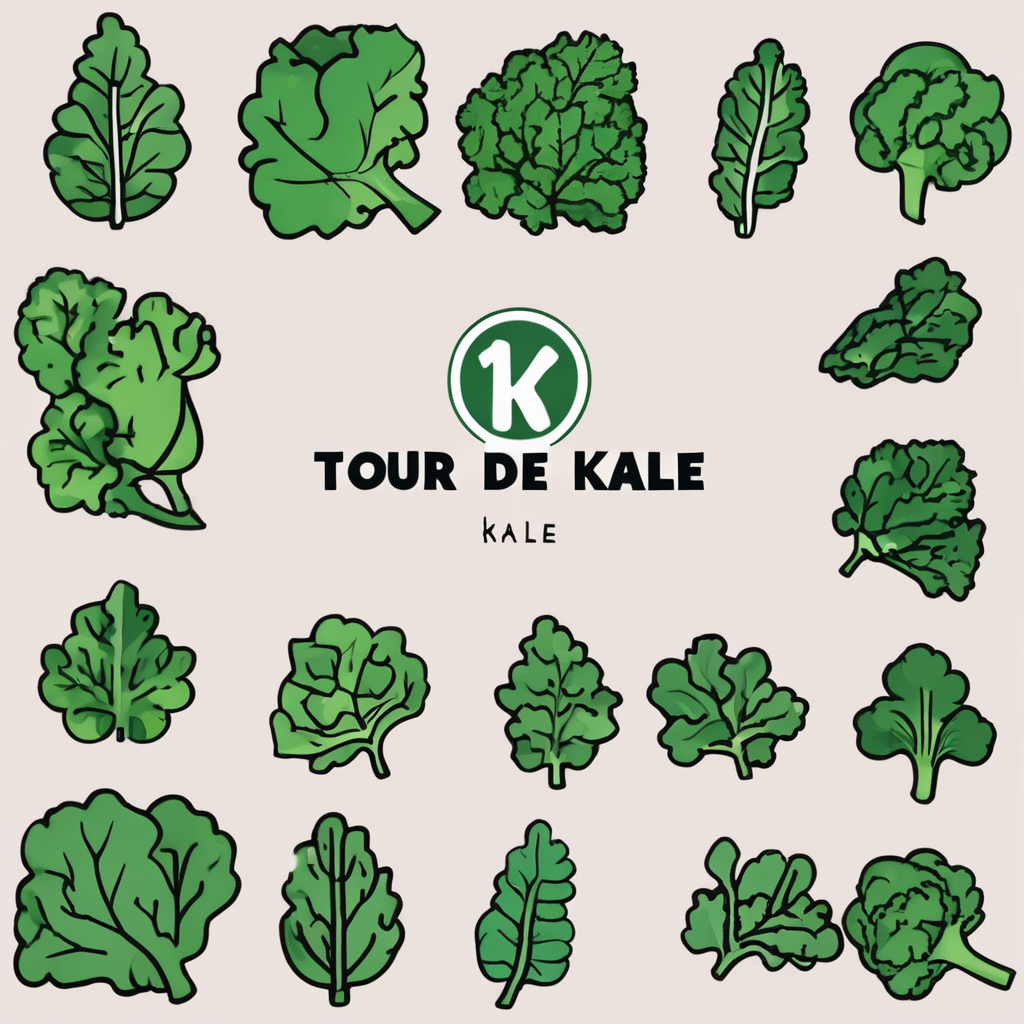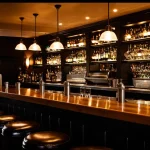Impact of UK Kitchen Ambiance on Dining and Bar Experiences
The UK kitchen ambiance plays a pivotal role in shaping both the dining experience and the bar atmosphere. A thoughtfully designed kitchen sets the tone for socialising, creating a welcoming environment that encourages guests to relax and engage. In many UK homes and restaurants, the kitchen’s ambiance acts as the heart of gatherings, influencing how people connect over meals.
Atmosphere directly impacts meal enjoyment and guest satisfaction. Warm lighting, tasteful décor, and carefully chosen colours can elevate taste perception and mood. For instance, many UK hospitality trends now prioritise open-concept kitchens, blending cooking and dining spaces to foster interaction. This architectural shift transforms dining from a mere routine into a memorable social event.
Also to discover : Top tips for maximizing kitchen efficiency in uk restaurants
Some restaurants have completely revamped their interiors to emphasise kitchen ambiance, introducing rustic touches or modern minimalism that complement their cuisine style. Likewise, homeowners are embracing ambiance-driven designs—from cosy breakfast nooks to sleek kitchen bars—to enhance their personal dining spaces and bar atmosphere.
Understanding these elements helps businesses and individuals craft spaces where ambiance and experience harmonise, raising standards across the UK’s social and culinary scenes.
Have you seen this : Creating unforgettable atmospheres: how uk bars and restaurants delight their guests
Key Design Elements Defining UK Kitchen Ambiance
Understanding kitchen design in the UK means looking at layouts that blend function with style. The most popular kitchen layouts—such as the L-shape, galley, and open-plan designs—play a crucial role in defining the ambiance. For instance, open-plan kitchens promote sociability and light, creating a welcoming atmosphere ideal for family gatherings.
When it comes to UK interior trends, colour schemes lean towards muted tones like soft greys, warm beiges, and classic whites, often paired with pops of deep blue or green to add character. Materials such as natural wood, quartz, and marble surfaces are prevalent, contributing texture and a sense of warmth. Matte finishes and brushed metal accents have also become trendy, offering a modern twist without sacrificing comfort.
Signature decor motifs draw heavily from British heritage. This includes traditional patterned tiles, farmhouse-style cabinetry, and brass fixtures, all reinforcing cultural influences that evoke a timeless charm. These elements collectively shape a kitchen’s unique identity while maintaining the versatile functionality essential to UK homes. This balance of aesthetics and practicality defines the true spirit of UK kitchen decor.
Lighting Techniques That Enhance Mood and Functionality
Creating the right atmosphere in a kitchen requires smart use of kitchen lighting that balances both mood and function. One effective approach is layered lighting, which blends natural light with artificial sources like pendant lights and under-cabinet illumination. This combination not only brightens work surfaces but also adds warmth and style to the space.
Task lighting focuses on areas where precision is essential, such as countertops or around the sink. Ambient lighting provides overall illumination, making the kitchen feel inviting and safe. Accent lighting, on the other hand, highlights design elements or bar areas, enhancing the mood lighting and drawing attention to key features.
In UK kitchen trends, incorporating dimmable fixtures and LED strips under cabinets has become popular for creating flexible environments that adapt to different activities. For example, a bar area might use soft colored lights during social hours, while brighter task lights aid meal prep. These thoughtful combinations elevate daily routines and entertain guests effectively, proving that well-designed lighting can transform the entire kitchen experience.
Creating a Seamless Kitchen-to-Dining Transition
Crafting an open-plan kitchen that encourages smooth kitchen-diner flow is essential for modern living. These layouts foster sociability by removing barriers, allowing family and guests to interact effortlessly. Open-plan kitchens invite a natural ambiance that encourages conversation and shared experiences while cooking or dining.
Incorporating a breakfast bar or kitchen island can dramatically enhance space optimisation. These features serve dual roles: additional prep areas and informal dining spots, making transitions between cooking and eating fluid and practical. A well-designed bar can act as a natural separator without disrupting openness, maintaining visual and social connectivity.
Many UK homes and restaurants prioritise this approach, leveraging compact spaces with smart bar design to maximise functionality. For example, slim, elongated islands with integrated seating optimise narrow rooms, while cantilevered bars can free floor space, aiding kitchen-diner flow. Such solutions provide a welcoming experience, combining aesthetic appeal with practicality to encourage gatherings and enhance everyday use.
Decorating Tips and UK-Specific Trends
Explore UK kitchen decor through popular themes like rustic charm, modern industrial, and classic British elegance. Each style reflects the UK’s rich heritage and evolving tastes, blending functionality with welcoming aesthetics.
Locally sourced materials feature strongly in UK kitchens, celebrating British craftsmanship. Think reclaimed wood for a rustic feel, pewter accents for an industrial edge, or fine ceramics echoing traditional patterns. These elements add authenticity and promote sustainability—key values for many UK homeowners.
To transform your kitchen ambiance effectively, start with practical tips:
- Combine textures and finishes to evoke warmth and character.
- Choose statement lighting to enhance mood and highlight features.
- Incorporate greenery or herb pots to bring fresh life and aroma.
Hospitality inspiration is integral here, as kitchens often blend eating, socializing, and cooking. A well-planned layout paired with stylish decor can create inviting spaces perfect for family and guests alike. The UK design community increasingly values this holistic approach—balancing beauty, comfort, and practicality. Harnessing these trends allows you to personalize your kitchen while tapping into timeless British style.
Practical Examples and Expert Insights from UK Kitchens
Discovering real-life examples from UK kitchens brings practical inspiration to your culinary space. Case studies reveal how simple design adjustments transform both residential and commercial kitchens, enhancing functionality without sacrificing style. For instance, a family kitchen in London integrated smart storage solutions, maximizing limited space while keeping a sleek, modern look.
Expert advice from UK interior designers stresses the importance of balancing aesthetics with usability. They recommend prioritizing durable materials suited for high-traffic cooking areas and incorporating lighting that complements the kitchen’s atmosphere. Hospitality professionals emphasize workflow efficiency, showing how strategic layouts in commercial kitchens improve service speed and staff comfort.
Unique ambiance ideas from standout UK venues showcase how lighting, textures, and color schemes create inviting atmospheres. For example, a Manchester café uses warm wood tones combined with industrial fixtures to produce a cozy yet contemporary vibe. These insights highlight ways to personalize your kitchen, blending form and function to suit your needs.
These expert tips and case studies offer actionable advice drawn directly from UK kitchen trends, helping you make informed design decisions that reflect both style and practicality.

